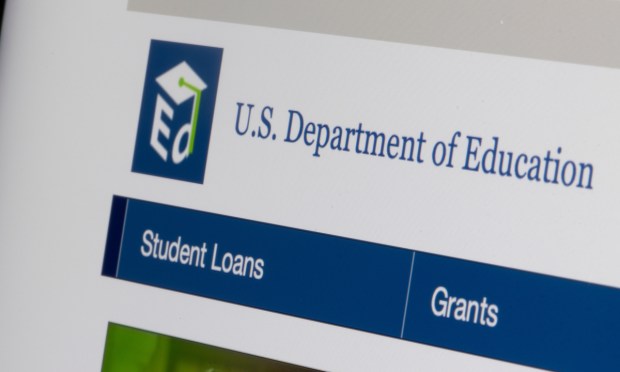CFPB: 44% of Student Loan Borrowers Getting New Providers

When student loans resume this fall, many borrowers will send payments to new providers.
Roughly 44% of federal student loan borrowers will have a new loan service company, AL.com reported Sunday (July 30), citing data from the Consumer Financial Protection Bureau (CFPB).
According to the report, three loan service providers didn’t renew their contracts in 2021, amid the pandemic-related pause in loan repayments. The report said borrowers who have loans moved to new providers might face issues or errors such as mistakes involving loan balances and interest rates, incorrect payment status in credit bureau reports and changes to due dates.
Borrowers can visit StudentAid.gov to identify their servicer, update contact information and learn the amount they’re expected to repay each month.
For some borrowers, PYMNTS research has shown, that amount is “nothing.”
It’s been more than three years since loans were last due, and in that time, many consumers have seen their financial lifestyle change drastically because of macroeconomic factors such as inflation, rising interest rates and widespread layoffs.
“Given these headwinds, some simply may not be able to afford to pay back their loans, and data shows that 7.6% do not believe they will pay them back — now or ever,” PYMNTS wrote last week, citing data from the July “Consumer Inflation Sentiment” report.
And while most consumers do intend to repay their loans, if they haven’t begun so already, the report also found that 36% of student loan borrowers are worried about their ability to take on the additional payments while still handling their current ones.
That means that some of the people who refuse to repay their loans are doing so simply because they can’t add loan payments to their budget without being completely sunk financially. It could explain why more than 13% of consumers earning less than $50,000 per year have no plans to pay back their student loans.
As the report put it, “lower incomes mean less wiggle room, even for obligations.” It also could mean less spending power among consumers, per additional PYMNTS research.
PYMNTS’ data found that no matter the age group, student loan repayments — for both federal and private student loans — will carve a large chunk out of disposable income. According to government data, 45.9 people in the U.S., 17.6% of the total population, have student loans, adding up to $1.7 trillion in debt.
As PYMNTS wrote in June, “the reality is that paying for daily life and adding in student loan repayments will claim roughly 30% or more of consumers’ disposable income starting in September, right into the fourth quarter that marks the all-important holiday shopping season. That means there’s less money to go around and less money to spend in stores or online.”

